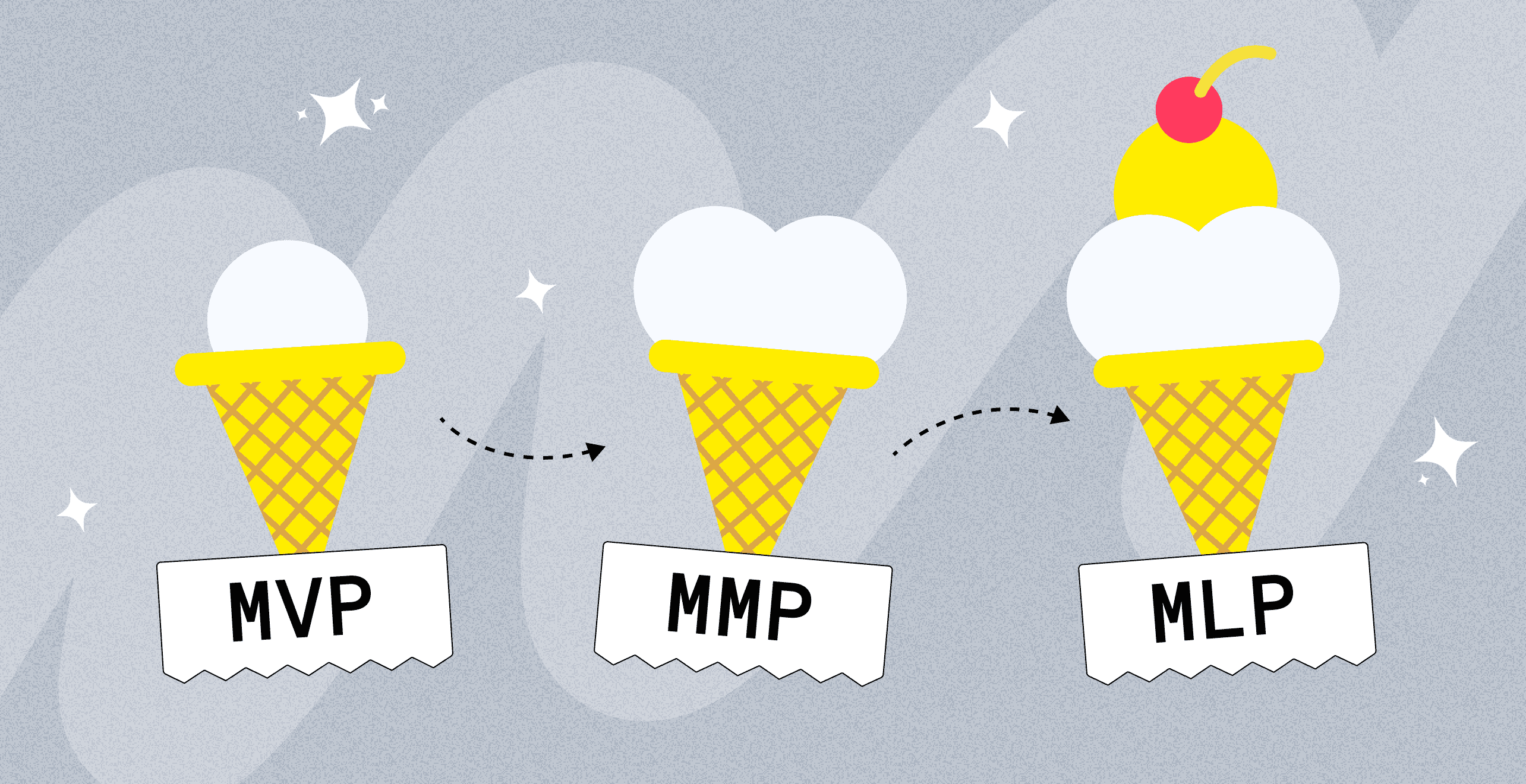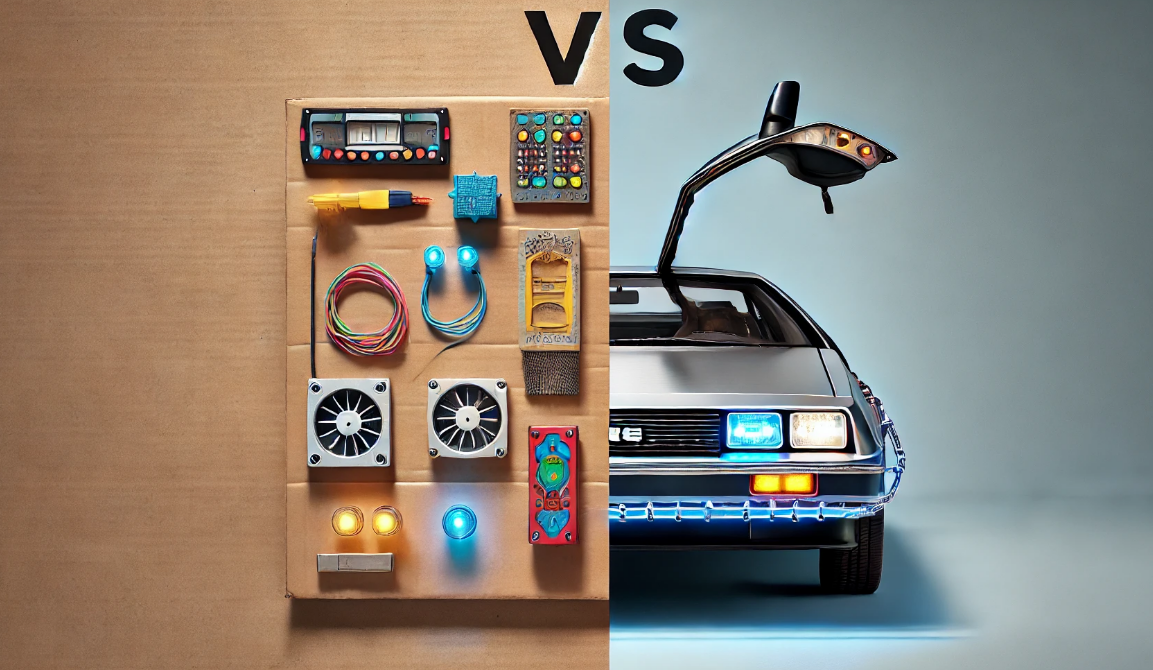The Impact and Misconceptions of Minimum Viable Product (MVP)
-
Marina Salvati
- 03 Sep, 2024
- 02 Mins read

Minimum Viable Product (MVP) is a concept in product development where a new product or service is launched with just enough features to satisfy early adopters and gather essential feedback.
One of the most famous examples of an MVP is** Airbnb**. It began with a basic website in 2007, offering air mattress rentals in the founder’s apartment to conference attendees. This simple test validated the idea that people would pay to stay in someone else’s home, leading to Airbnb’s transformation into a global hospitality giant. Airbnb’s story shows the importance of testing ideas with real users, even with a very basic product.
Dropbox is another most popular example of a successful MVP. Instead of building a full product, Dropbox was launched with a demo video explaining how it would work. The video generated significant interest and sign-ups, proving demand before the product was fully developed. This example highlights that, sometimes, a well-crafted demonstration can be enough to sparkle user interest.
Instagram’s MVP was a simple proto-sharing app with basic filters, focusing on a single feature: sharing photos in a visually appealing way. This focus helped Instagram rapidly gaining popularity and eventually led to its acquisition by Facebook. The lesson here is the importance of delivering an exceptional user experience for a specific feature.
Zappos also started with an MVP, where founder Nick Swinmurn posted photos of shoes from local stores online and purchased them only when a customer made an order. This approach allowed Zappos to test the demand for online shoe shopping without holding inventory, which helped pave the way for its success.
Despite these success stories, there are common misconceptions about MVPs. Is MVP a synonymous of minimal effort of poor quality? No, creating an MVP requires strategic thinking and careful prioritisation. Another misconception is that MVPs are only for startups - in fact, established companies also use MVPs to test new ideas or innovate within existing product lines. Moreover, an MVP is not the final product: it’s a starting point that should evolve based on user feedback.
When properly executed, the MVP approach is a powerful strategy for building products that truly resonate with users. By starting small, testing ideas quickly, and iterating based on feedback, companies can build evolving products that are more likely to meet user needs and succeed in the market.







